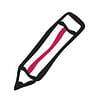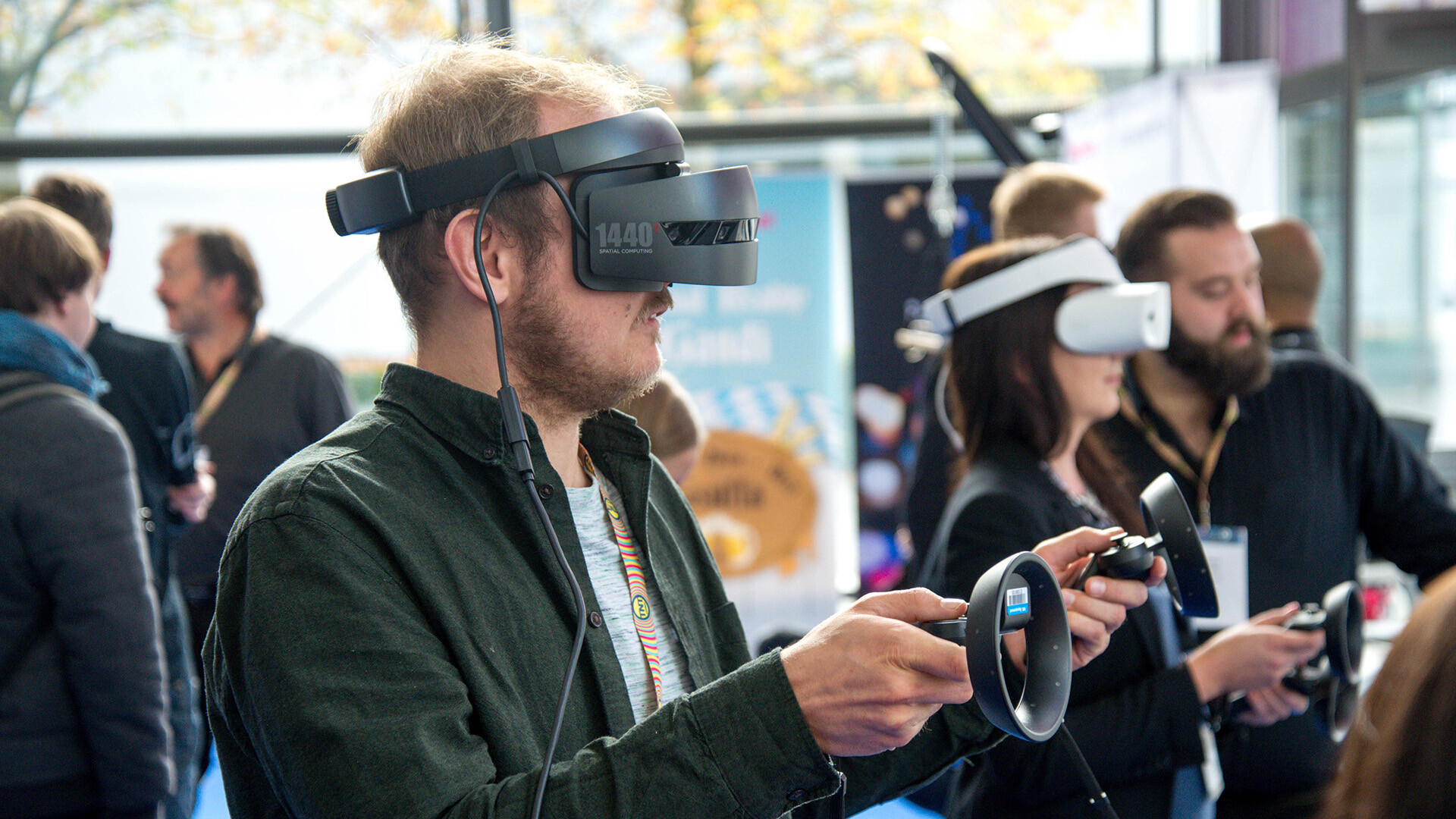You’ve probably heard the buzz word “gamification” floating around. In the trade show industry, it’s all the rage. If you haven’t heard the term, though, here’s a quick definition for you:
Gamification is integrating gaming elements into a non-gaming setting.
Think of the McDonald’s Monopoly game or seasonal games in the Starbucks phone app. These are events that encourage people to play and, even more importantly, keep them coming back for more.
In the trade show industry, gamification can help set an exhibit apart. But like every element of your exhibit space, it’s only effective when you do it right.
What Not to Do with Gamification

1. Rely on It as Your Only Strategy
Any gaming elements you include in your exhibit need to be thoughtfully integrated into your overall brand experience and messaging.
Simply sticking a prize wheel in the corner of your exhibit may attract people looking to win free stuff, but it’s not going to help tell your brand’s story in any meaningful — or memorable — way.
Your goal should be to highlight your messaging within the game itself and, whenever possible, design your game in a way that encourages shareabilty from those playing it.
For example, you might have a small stage where those who play your game can pose for a photo with their prize against a backdrop. This a) showcases your brand and b) gives the player a fun way to announce they’ve won that prize.
When thinking of a way to incorporate gamification into your exhibit strategy, have some fun with it! Get creative about how to bring multiple goals together. Brainstorm weird ways and work backward from there. You’ll be surprised at what you may find.

2. Give Out Crappy Swag
Everybody likes free stuff, right?
Well, sure, but think about it. Exhausted trade show attendees don’t want to lug around something useless or obviously cheap.
If you incorporate giveaways in your exhibit, just make sure whatever you end up giving away as a prize really ties into your brand and is useful for your attendees.
Going the cost-effective route and slapping your logo on it is too easy, too obvious. That’s exactly what your competitors are doing.
Instead, stand out by putting some actual thought into what you want to give away and prevent your giveaways from getting thrown out once your attendees get back to their hotel room.
And remember: Your prize doesn’t have to be expensive, just useful, valuable, and/or memorable.

3. Skimp on the Planning Process
This goes for both spatially and virtually. Ideally, game elements should be easy to understand, conveniently located, and inclusive of all people and abilities.
Similarly, if your exhibit game requires people to download an app or share something on social media, make sure you have another option available so people aren’t frustrated and annoyed. Nothing kills the good vibes of a game like the spinning pinwheel of data … downloading … painfully … slow.
Incorporating all of these elements requires having the time, energy, and space to do so. Don’t rush the process or focus solely on checking off the boxes. We know the temptation of just doing the thing to get it done — but doing so is a sure way to blend in with all of the competitors around your booth.
3 Examples of Trade Show Gamification
Now that we’ve talked about some of the pitfalls you should avoid, let’s look at some of the recent examples of successful gamification.
1. Google
First up is Google’s impressive exhibit at this year’s CES.
To promote their virtual assistant tools, the company had a staffer holding a tray of doughnuts. Attendees were then encouraged to ask the staffer Hey Google, can you order me a doughnut?
Was this a game? Not really. But it was gamification, since it encouraged people stopping at the Google booth to interact with the brand in an unexpected way.
It also led to many people snapping photos of themselves with the Google representative to share on social media.
2. ADT
Most security company advertising leans heavily into the idea of danger. For one of its recent trade show exhibits, ADT took another route. They advertised trust.
Specifically, their exhibit includes a foam pit where attendees could fall backwards — like a trust fall you hear about at employee bonding events — safely.
ADT also had a camera (with great lighting!) on hand to capture footage of people falling, along with a QR code for attendees to easily download and share their experience.
3. Steelhead
Okay, this one’s a bit of a cheat since we’re the ones behind it. But for one of our own exhibits promoting our brand, we constructed a giant Plinko board (you know, like the one on the Price is Right).
People stopping by our booth could play the game for free and whatever dollar amount they landed on, we donated that dollar amount to a charity.
Not only did this help our exhibit gain buzz at the show, it provided attendees with a fun experience they could walk away feeling good about. It also helped us get across a core part of our brand, which is that we believe in contributing back to the community.
3 Tips for Successfully Incorporating Gamification into Your Exhibit
No matter how you choose to add gamification to your presence, keep these three things in mind:
- Make it fun
- Make it easy
- Make it worthwhile


